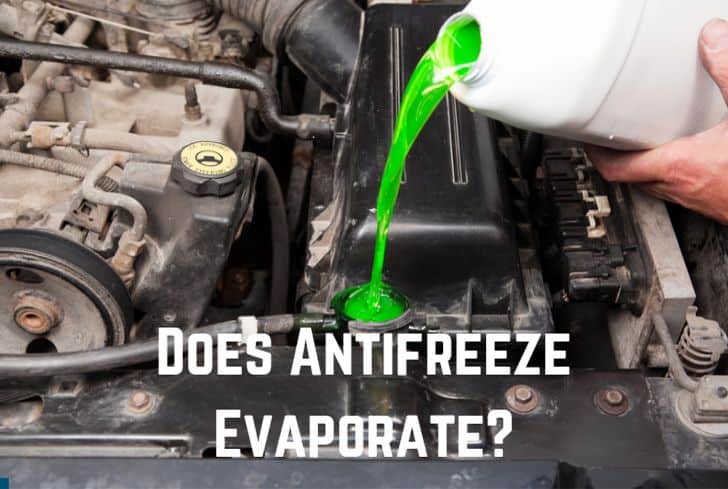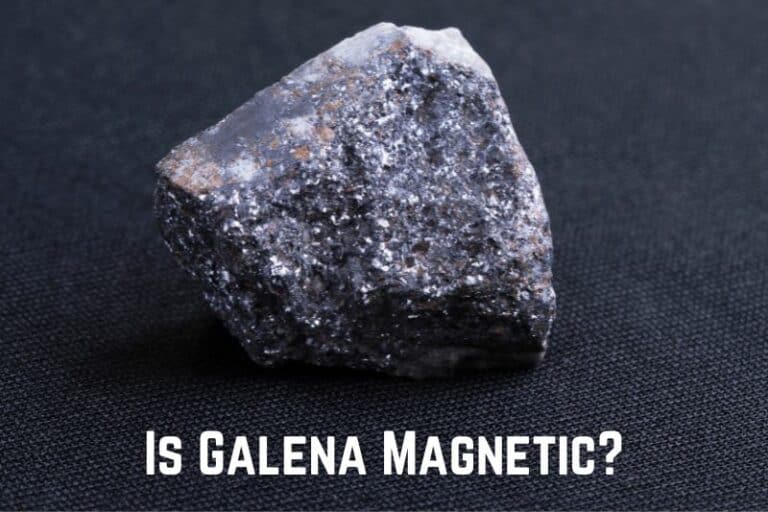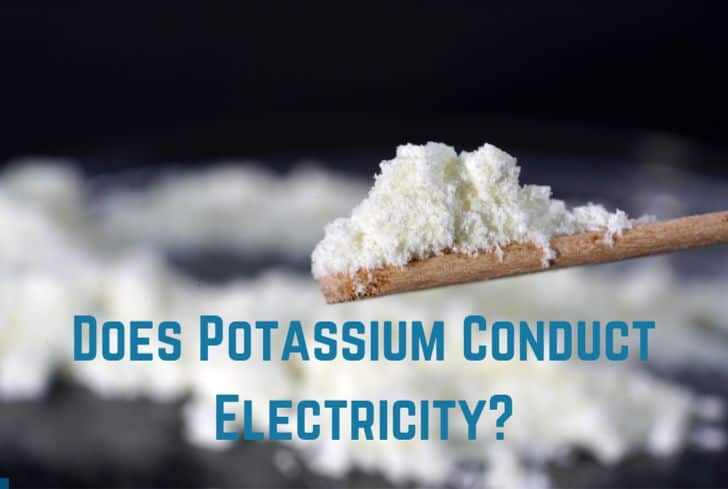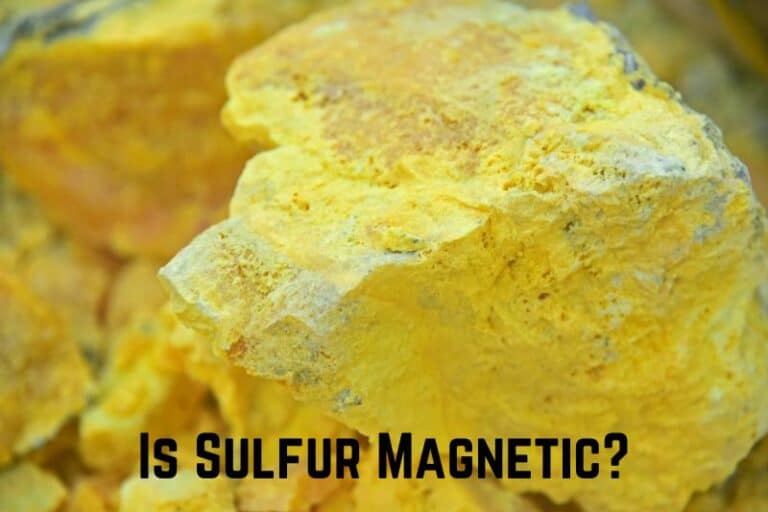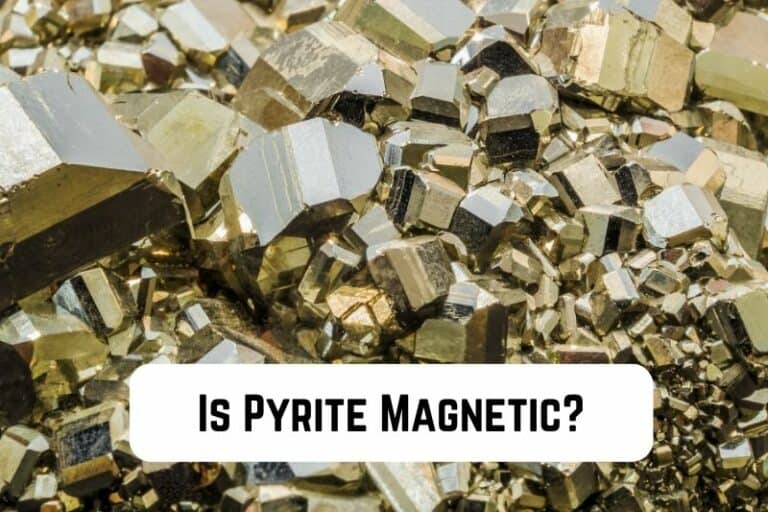Can Black Obsidian Go in the Water? (And in the Sun?)

Obsidian is a volcanic glass formed when lava extruded from a volcano cools rapidly, which doesn’t allow atoms to arrange themselves into a crystalline structure. Obsidian has been used to manufacture cutting tools, surgical equipment, and gemstones. It is found in places of recent volcanic activity like Argentina, Chile, Canada, etc.
Have you ever wondered if black obsidian can go in the water? In this article, we are going to discuss just that. We will begin by looking at the properties of obsidian. Then we will discuss its interaction with water, salt, and sunlight. Finally, we will learn how to take care of it.
Read: Can Moldavite Get Wet?
Can Black Obsidian Get Wet?
Yes, obsidian can get wet, but it should not be in the water for long. Obsidian has a value of 5.5 on the Mohs Hardness Scale, which is barely above the minimum value required for minerals to survive underwater. In any case, immersing stones for a long time can damage their structure and dull their appearance.
Mohs Hardness Scale is a relative measure of a mineral’s resistance to scratching. Besides that, it also indicates the mineral’s interaction with water. Usually, a value over 5.0 means that the mineral can survive underwater.
Softer stones like selenite (2.0 on the Mohs Scale) will get easily damaged in water. But even for harder stones, water can be corrosive. Water enters the crevices of the stones, expanding their cracks. These fissures can slowly damage the structure of the stone, making it brittle.
Water can also tarnish the appearance of stones by stripping off the polish from their surfaces. Water encourages fissures, which can also affect the way light bounces inside the stone, ruining the optical properties of the stone.
Properties of Black Obsidian
These are the properties of obsidian:
- Appearance: Obsidian is primarily black. It can also be brown, green, and in rare situations, even blue. Iron and other trace elements are responsible for the different colours, and black obsidian includes nanoinclusions of magnetite (an iron oxide). Sometimes, two colours of obsidian are combined in a single specimen. The most common of these include black and brown, which are called mahogany obsidian.
- Composition: The composition of obsidian is extremely felsic (rich in elements that form feldspar and quartz). It mainly consists of silicon dioxide (SiO2), which takes up 70% of the weight. Granite and rhyolite are crystalline rocks that show a similar composition. Obsidian is a chemically unstable glass, and over time, it begins to crystallize. This is not uniform across the rock and leads to the formation of snowflake obsidian.
- Hardness: Obsidian has a value of 5.5 on the Mohs Hardness Scale, meaning that it is relatively soft and may also get damaged in water. Its low durability limits its use in jewellery. Plus, it also has low toughness, meaning that it can be easily broken upon impact. Still, obsidian is used to create jewellery pieces that are less prone to impacts, such as earrings, pendants, and brooches.
- Formation: Obsidian is formed by the rapid cooling of lava. Because of the quick metamorphosis, the atoms are not able to arrange themselves in a crystalline structure, and hence this leads to an amorphous mineraloid. Obsidian can be formed in different cooling environments: along the edges of a lava flow or volcanic dove (extrusive), or around the edges of a dike or sill (intrusive).
- Optical Effects: Obsidian may sometimes contain patterns of gas bubbles remaining from the lava flow. These bubbles, as well as other small inclusions of minerals or rock debris, can create beautiful optical effects. Depending on the colour of the sheen, these specimens are known as rainbow obsidian, golden obsidian, or silver obsidian. These are highly valued in the jewellery industry.
Besides these physical properties, obsidian is also believed to have several spiritual properties. Obsidian is said to be a stone of protection and grounding. It keeps you protected from negative energies and helps you face the truth to live authentically. Check out this video by Crystal Meanings to learn more about the spiritual properties of obsidian.
Read: Can Smoky Quartz go in the Water?
Can Black Obsidian Go in Salt Water?
No, black obsidian should never be put into salt water. With a value of 5.5 on the Mohs Scale, black obsidian is barely safe in the water. But when you bring salt into the mix, it further increases the corrosive impact of water. Plus, it can also react adversely with the elements of the stone.
Salt, when dissolved in water, can enter the crevices of the stones. These salt particles stay there even after the water evaporates and they widen the cracks. These fissures can slowly damage the structure of the stone, making the already brittle obsidian even more prone to damage. Plus, like water, salt water also dulls the appearance of the stone.
Salt can also cause adverse chemical reactions with the elements of the mineral. This is especially true for stones like obsidian, which contain iron impurities. Saltwater hastens the rusting process by making the metal lose its electrons more easily, and rusting can severely damage the gemstone.
Can Black Obsidian Go in the Sun?
Yes, black obsidian is safe to go in the sun. With a value of 5.5 on the Mohs Scale, obsidian is a rather soft and brittle mineral. However, it is safe to go in sunlight because it is a glassy volcanic rock. Its black colour will not fade in the sun.
Putting stones in sunlight is a popular way of recharging them. However, one must always check the properties of the gemstone to ensure that it is safe to leave them out. Stones like opal and quartz will lose their colour in harsh sunlight.
Black obsidian, however, is completely safe in sunlight. Its glassy volcanic nature makes it rather immune to the harsh effects of the sun. You can recharge the stone by putting it out in the sunlight for a few hours. Just leave it on a windowsill, so that the window acts as a protective shield against the harsh UV rays.
While obsidian may be safe in sunlight, it can get damaged upon prolonged exposure to water. So, make sure you do not leave the stone on a surface (such as garden soil) which can bring it in contact with water. You can also try leaving the stone out in the early morning hours when the sunlight is gentle.
Besides sunlight, you can also try other ways of recharging black obsidian. These include putting it in brown rice, leaving it in moonlight, or smudging it with sage.
Read: Can Selenite Go in Salt?
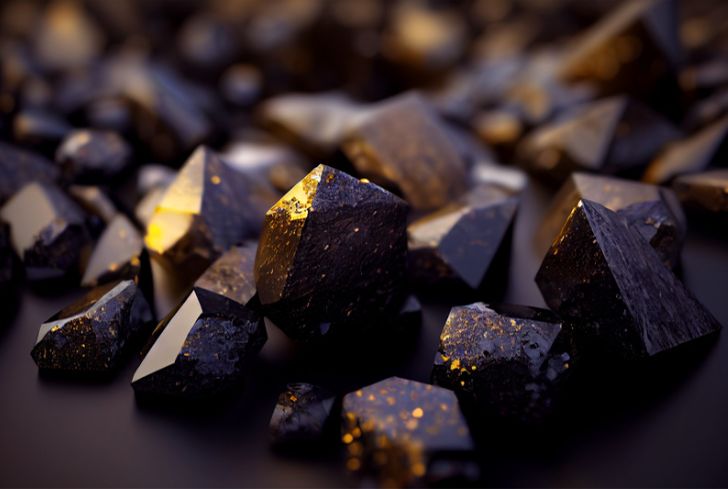
Uses of Black Obsidian
The three main uses of black obsidian include:
- Cutting Tool: Obsidian’s conchoidal fracture causes it to break into pieces curved surfaces, which leads to rock fragments with sharp edges. This is why obsidian has been used to create cutting tools from ancient ages till today.
- Modern Surgery: Obisidian can be used to create a cutting edge that is sharper and thinner than that of surgical steel, making it extremely useful in modern surgical equipment. Even under an electron microscope, obsidian blades are smooth.
- Jewelry: Obsidian is a popular gemstone that is used to create beads, cabochons, and tumbled stones. It is used to create low-impact jewelry pieces like earrings and pendants. Obsidian is also combined with opal to create opal doublets or triplets.
Is Black Obsidian Rare?
No, obsidian is not rare but is the most common form of natural glass. It is usually black, although the inclusions might give it a slightly brownish tinge. Because of its abundance, obsidian is quite inexpensive.
Black obsidian is formed by the rapid cooling of lava. It is found in many locations worldwide such as Argentina, Ecuador, Greece, etc. Its abundant quantity is what makes it inexpensive, which is why it is used to complement other stones like an opal in jewellery.
How to Clean and Take Care of Black Obsidian?
Follow these steps to cleanse black obsidian:
- Mix a light detergent/soap with warm water.
- Immerse the stone into the solution and clean it with a soft brush.
- Rinse it under running water for a few minutes to remove all the soap.
- Let it air dry, ensuring you twist it a few times to remove water from the crevices.
Do not use mechanical cleaning systems with obsidian because its inclusions can expand when heated. Obsidian has a value of 5.5 on the Mohs Hardness Scale, meaning that it can even be scratched by household dust (value of 7.0). So, make sure that you use a lint-free cloth for manual cleaning. Do not scrub the stone harshly.
Conclusion
In this article, we have discussed whether black obsidian can go into the water or not. Because of its relatively low hardness (5.5), obsidian should not be immersed for too long. We began with the properties of the stone. Then we talked about its interaction with water, salt, and sunlight. Finally, we learnt how to clean and take care of it.

